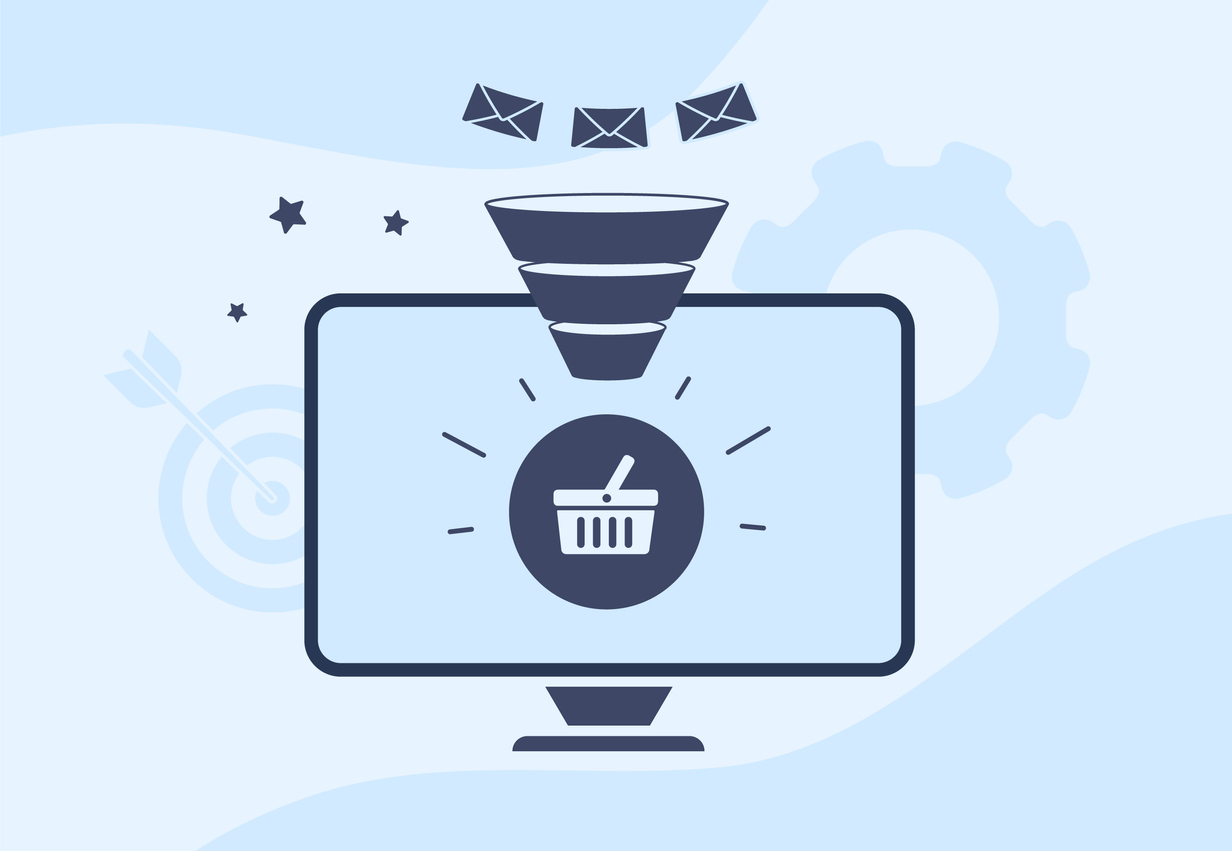 When you are running a lead capture page also known as a landing page, you need that lead capture form to be the focus of that page. Remember, the goal of every lead capture page is to compel your visitors to fill out your online form with their contact information. How do you do that?
When you are running a lead capture page also known as a landing page, you need that lead capture form to be the focus of that page. Remember, the goal of every lead capture page is to compel your visitors to fill out your online form with their contact information. How do you do that?
Creating your lead capture form with formatting and a design that encourages those visiting it to share their information is imperative if your end-goal is to increase conversions. Let’s go over a few things that might help make your page do just that!
How Big Is It?
Bigger is not always better. You want your form to provide you with the needed information to generate a substantial lead, but you don’t want to turn off your visitor so completely that they refuse to fill out the form.
When you use a form that consists of what you need instead of everything you can possibly think of, people will be more willing to submit it. Alternatively, when you’re requiring a form be filled out for something that the visitor really wants, they will fill out the forms more freely and probably provide you with more personal information. So you need to build your form based on these things; if the prize is small, the form should also be small. If the prize is big, you can have a bigger form.
What Are You Asking?
Another essential thing to consider when creating your lead capture form would be the information that you are requesting. What form fields should you have? Is the data that you are seeking the right kind of data, or are you asking for too much? For your form to be fantastic, you should be looking to collect the necessary information that enables you to qualify this as a prospective lead and then follow up with direct contact.
That being said, what contact form fields are important? Contact and Qualifying fields should be your focus.
The Name field is of course super important as is the Business Name field. But do you really need an Address Field? Yes, if you are planning to snail mail them something; otherwise, no.
For each form you build, you must ask what information you will need to both qualify these leads for follow up and the method you plan to use for follow up and then choose your fields accordingly.
Example Lead-Qualifying Form Fields
There are different approaches to that businesses take to decide which form fields they deem as necessary for qualifying leads. The fields that you choose to include in your form should not only give you the required information needed for follow up but should also give you some indication on how likely that lead is to become a customer.
Some fields to consider would be website URL, company, this lead’s role at that company, etc. Getting this basic background information will help you understand how your business is going to help their business and also can provide you with insight into how to present your products/services in such as way as to entice them to hear more.
Placement is Everything
Now that you have determined who you are marketing to and what information you will need to qualify and follow up with that lead – you need to decide where to place your form for optimal visibility on your landing page. Requiring the prospect to hunt down the form is not good, so placement above the fold is recommended.
There are always additional things to consider when creating your landing page forms, but these little tricks should help get your form ready! Remember, when you are using Visual Visitor’s Marketing toolkit you will automatically have access to Forms Capture. Convert more prospects and ignite your sales with Visual Visitor!





